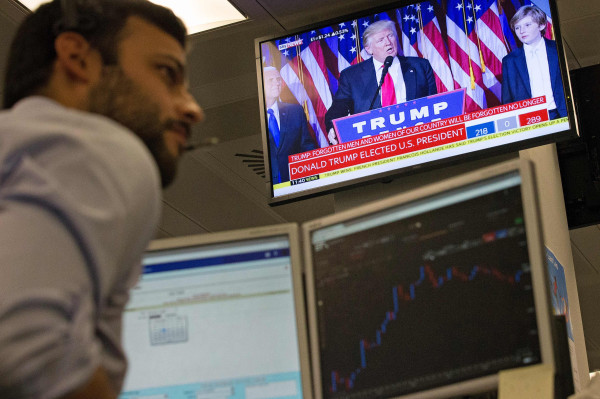“The one that is clearly important for indexing is the efficient market hypothesis, which says all information is known by all participants in the market, therefore it is not possible to outperform the market,” he says.
“And an active manager says, ‘No that’s not the case, I can have an edge because I can have access to information via company interviews, lack of coverage of reports… that enables me to outperform’.”
What providers began to uncover is what are known as ‘factors’ in the equity market space.
Mr Davey explains: “It’s things that would drive a group of stocks which may enable them to outperform an index fund. The ones people have typically focused on are things like value stocks. The first papers around value have been written way back in the 1930s so this is not a new concept.
“You’ve got people looking at the idea of momentum stocks. And then you get people looking at the idea of large-cap, mid-cap, small-caps and in particular the idea a group of small-cap stocks might outperform.”
Equal weighting
Another way to get around the problem of traditional market cap weighted indices is equally weighting all the components in an index, or weighting based on dividend growth, with the larger weightings given to those companies with higher dividend payouts, for example.

There’s been a lot of development and investment from index providers to construct very transparent, investable indices.
Manuela SperandeoSmart beta seems to bridge the divide between active and passive investing then, providing a way to track an index but one constructed based on how active managers outperform stockmarkets over the years.
Claire Perryman, head of SPDR ETF UK, confirms: “Smart beta allows investors to target directly some of the factor exposures active investors used to their advantage over the years.
"These strategies can potentially outperform a standard market capitalisation benchmark by using different weighting schemes to target specific factors.
“Researchers have identified and documented the historic outperformance of certain risk premia or market factors for several decades.”
Route to retail
This type of investing was a move away from the traditional method of diversifying by geography and asset class which was proven, at times of market stress such as 2008, to create portfolios that end up being correlated and not diversified at all, Mr Weithofer points out.
As with many of the more complex investment strategies though smart beta and factor investing started life in the institutional space and only gradually became accessible to retail investors.
Smart beta’s route to mainstream retail investing was helped by the development of the exchange-traded fund (ETF) industry.











